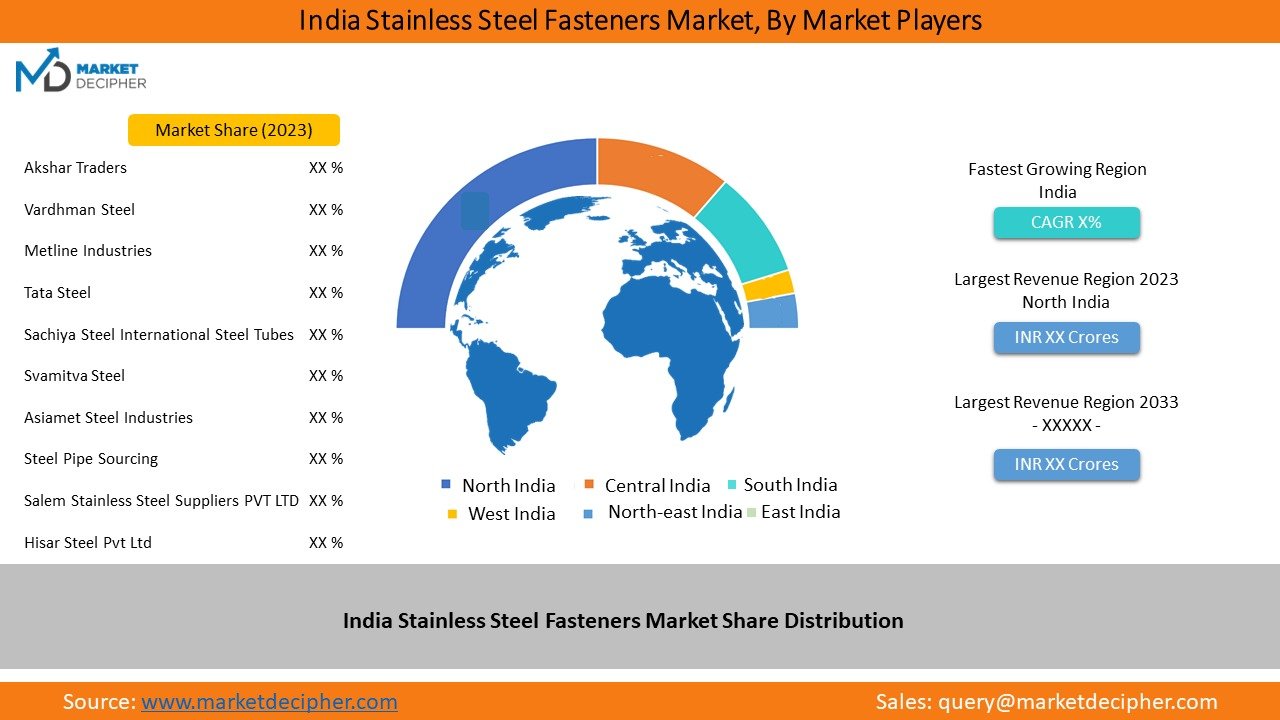Asian Markets Will Be Reshaped by India’s Stainless Steel Expansion

India’s intentions to increase its production of stainless steel may have an effect on the commerce of raw materials in Asia, changing the import and export of nickel and ferrochrome.
According to the Indian Stainless Steel Development Association (ISSDA), India’s capacity to produce stainless steel is expected to increase dramatically over the next 20 years, from 6.6–6.8 million tonnes in 2022 to 9.3–9.5 million tonnes by 2030, 12.5–12.7 million tonnes by 2040, and 19–20 million tonnes by 2047.
India wants to reach a $40 trillion economy by 2047, and this growth is being driven by rising demand from industries like manufacturing, infrastructure, and construction. By 2047, the amount of stainless steel consumed per person is predicted to increase from 2.5 kg to 12 kg.
Jindal Stainless intends to increase its capacity for stainless flat steel by 1.0–1.1 million tonnes by 2025.
Effects on Raw Materials and Trade
The development might change Asian trade patterns by lowering India’s dependency on imports of stainless steel, especially from China and Indonesia. Short-term imports are probably here to stay, but expected tariffs may cause Chinese and Indonesian exporters to turn their attention to other markets.
Ferrochrome and nickel pig iron (NPI) will become more in demand domestically as a result of India’s expanding stainless steel output. Despite having a large ferrochrome output, India still imports nickel. India bought 178,527 tonnes of ferro-nickel and NPI from Indonesia in 2024, a 143.47% increase over the previous year.
Through a joint venture with New Yaking, Jindal Stainless has opened a 200,000-tonne-per-year NPI smelter in Indonesia to safeguard raw material supplies.
Global ferrochrome and nickel trade patterns are anticipated to be impacted as India’s stainless steel sector expands and the nation’s demand for imported raw materials rises.










